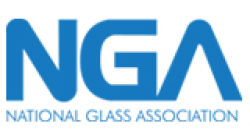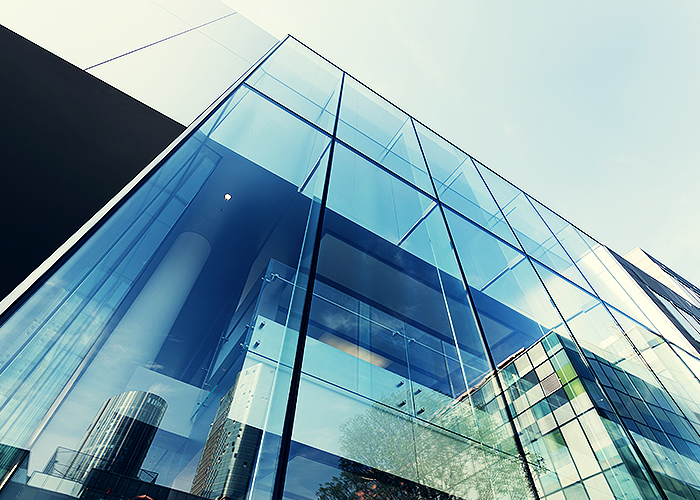
From ancient Rome to modern design, glass remains a timeless, versatile building material. It enhances sustainability, comfort, and innovation in architecture. The Glass and Glazing Academy explores advancements like energy-efficient coatings and protective glazing, showcasing glass’s role in safety, design, and high-performance spaces.
Academy Courses

8 AIA LU/HSW

Keeping Pace with Technology
New design and installation tools have moved the glazing industry into the future
Credits: AIA/HSW, ICC
Type: Webinar On-Demand
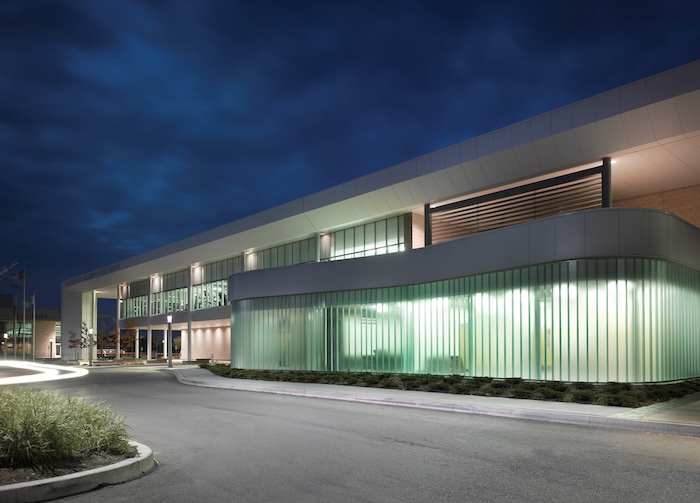
Design Considerations for Commercial Fenestration Systems
A guide to specifying storefront, window wall, and curtain wall systems
Credits: AIA/HSW, ICC, IDCEC/HSW
Type: Article
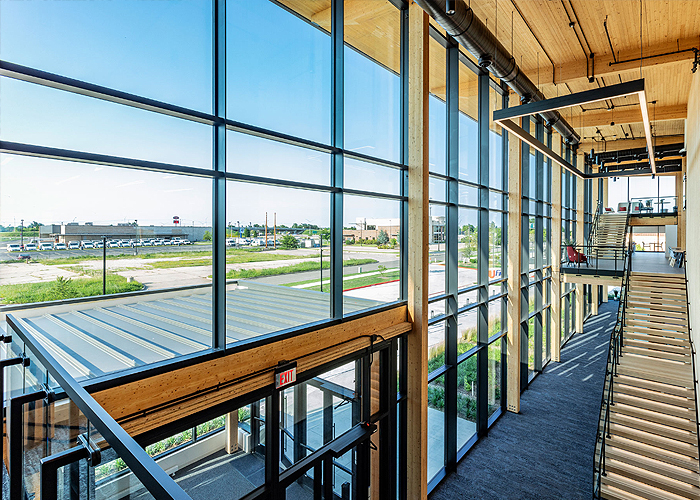
Next-Level Glass Performance and Sustainability
A closer look at high-performance glass and glazing products, carbon-reduction opportunities, code drivers, retrofits and recyclability, and more
Credits: AIA/HSW
Type: Article

Key Strategies for Bird-Friendly Glazing
The importance of birds
Credits: AIA/HSW
Type: Multimedia
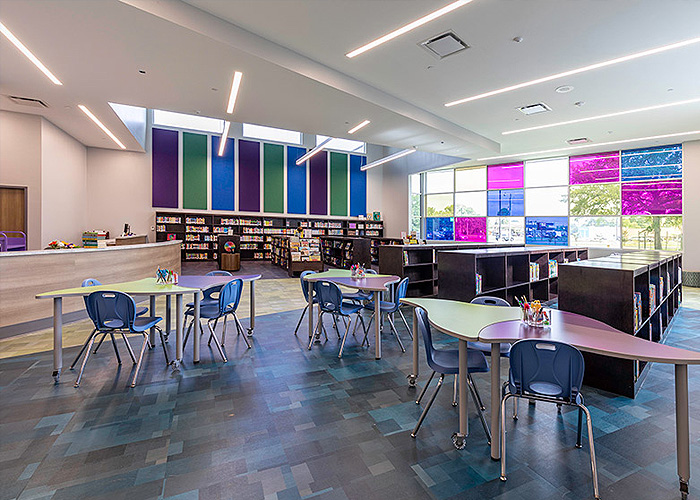
Illuminating Spaces
How architectural glazing supports mental health and wellness through daylight and views
Credits: AIA/HSW, ICC, IDCEC/HSW
Type: Article

The Value-Added Performance of Coated Glass
Coatings available to improve energy performance
Credits: AIA/HSW
Type: Multimedia
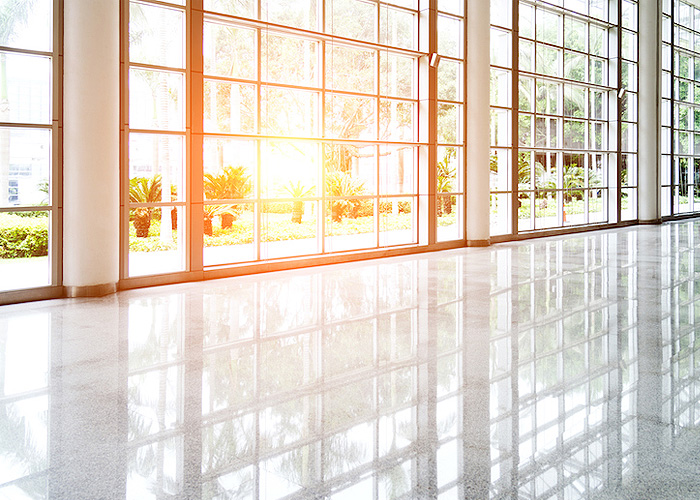
Benefits of Daylighting in Building Design
Design considerations to minimize undesirable effects of glare and heat gain
Credits: AIA/HSW, ICC
Type: Multimedia
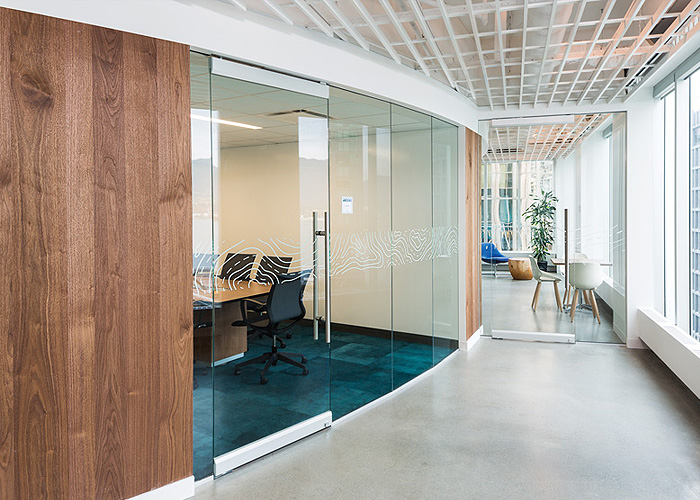
Beyond Energy: How Glass in Architecture Contributes to Occupant Well-Being and Comfort
Glass as a multifaceted solution for post-pandemic commercial and residential construction
Credits: AIA/HSW, GBCI, IDCEC/HSW
Type: Article
Academy Resources
National Glass Association Resources
Bird-Friendly Glass Design Strategies
Clear and reflective architectural glass in residential and commercial structures in urban, suburban, and rural landscapes can be a passive invisible killer of birds worldwide. Our collective evidence reveals that clear and reflective windows of all sizes are theorized to be invisible to potentially all birds due to what have been defined as fly-through conditions, reflected habitat conditions, or black-hole effect. The amount of glass and associated vegetation that attract potential victims best explain the number of casualties at any specific building.
Glass for Personal Protective Barriers
Retail, medical, educational and manufacturing facilities are implementing changes due to the worldwide outbreak of COVID-19, a respiratory illness believed to spread primarily by droplets from coughs or sneezes of infected persons to those nearby. Many businesses are installing clear personal protective barriers to physically shield employees from each other and from consumers to reduce potential exposure to the virus. In many applications, the barriers will become a permanent fixture; therefore, aesthetics and cleanability are important design considerations. Barriers can be constructed of plastic sheet or glass. Glass has several advantages in physical barrier applications and may be preferred over plastic, especially for permanent and public-facing barrier installations. Compared to plastic, glass is easy-to-clean, transparent and aesthetically-pleasing.


